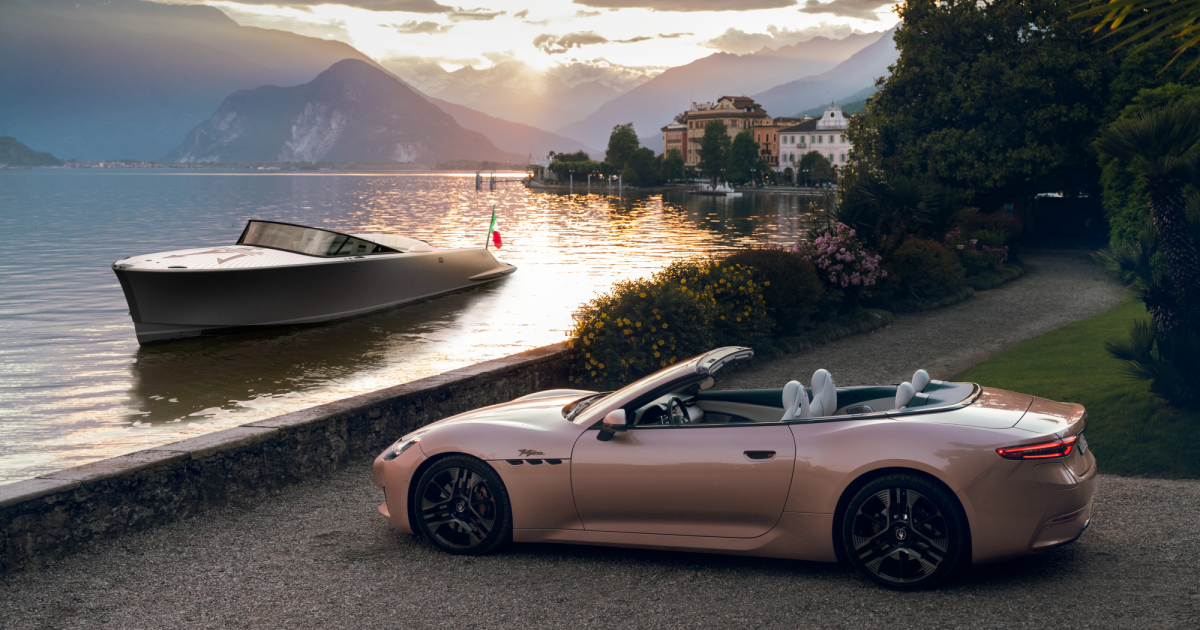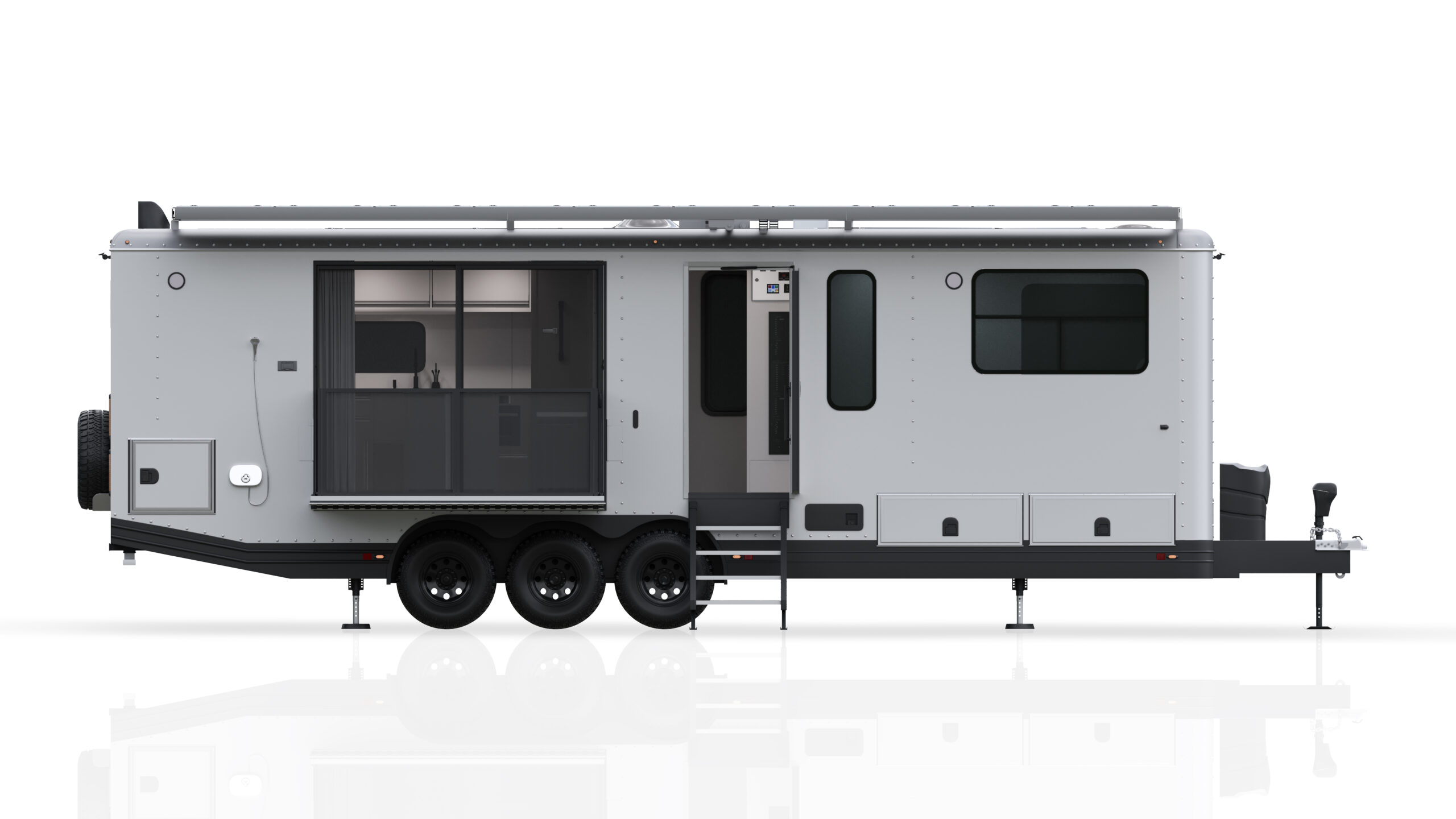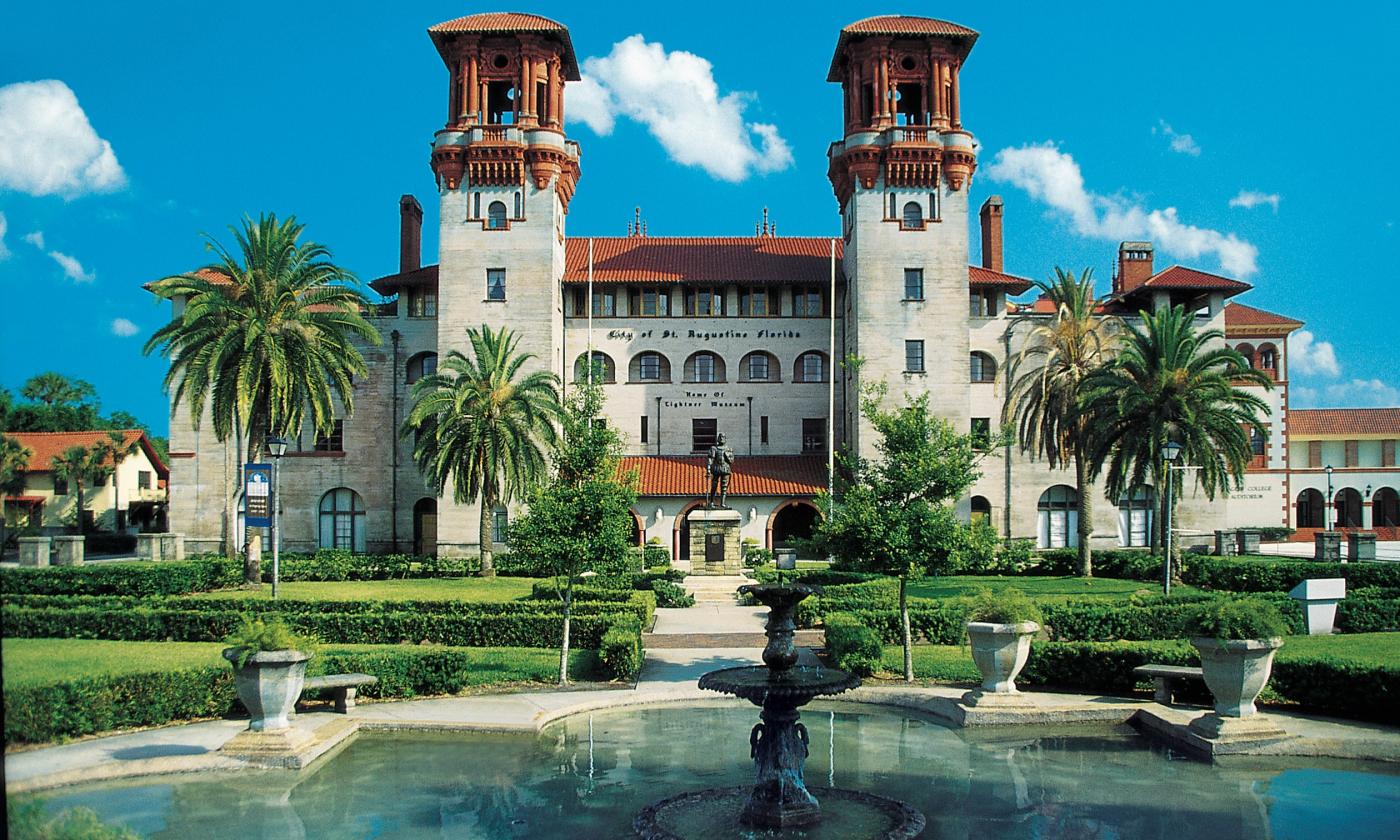Luxury car design is an art form that has undergone a remarkable evolution over the years. From the classic elegance of yesteryears to the sleek and futuristic aesthetics of today, the journey of luxury car design has been captivating and awe-inspiring. Every line, curve, and detail is meticulously crafted to create a vehicle that not only exudes opulence but also showcases engineering prowess.
This article embarks on a thrilling exploration of the evolution of luxury car design.It also delves into the historical influences that shaped the early designs and uncover the pivotal moments that sparked the transition toward modern aesthetics. Technological advancements have played a pivotal role, with cutting-edge materials and innovative features revolutionizing the industry.
But it’s not just technology that drives luxury car design. Consumer preferences and market trends have greatly influenced the evolution as well. From customization options that cater to individual tastes to the integration of advanced driver-assistance systems, luxury car designers are constantly adapting to meet the changing demands of their discerning clientele.
Historical Perspective: Early Influences on Luxury Car Design
Luxury car design traces its roots back to the birth of automobiles in the late 19th and early 20th centuries. As these vehicles emerged, a new era of opulence and sophistication was introduced to the world of transportation. This section will explore the early influences on luxury car design, highlighting the initial designs and the influential elements that shaped the industry.
The birth of luxury cars and their initial designs
Luxury cars emerged as a response to the growing demand for vehicles that catered to the affluent class. Manufacturers such as Rolls-Royce, Bentley, and Cadillac recognized the opportunity to create automobiles that showcased not only advanced engineering but also luxurious aesthetics.
During this period, luxury cars were characterized by their grandeur and attention to detail. They featured large and elongated bodies, often adorned with ornate chrome accents and meticulously crafted interiors. These cars were a symbol of status and wealth, designed to impress and convey a sense of prestige.
Influential design elements from the early days
Classic luxury car models and their design characteristics
a) Rolls-Royce Silver Ghost: Introduced in 1906, the Silver Ghost set a standard for luxury car design. It featured a long bonnet, elegant curves, and a grille adorned with the iconic Spirit of Ecstasy hood ornament. The emphasis was on refined simplicity and timeless elegance.

b) Bentley Speed Six: Known for its performance and elegance, the Speed Six captured the essence of luxury car design in the 1920s. It boasted sleek lines, a long wheelbase, and distinctive vertical grilles. The craftsmanship and attention to detail were unparalleled.
c) Cadillac V-16: Launched in 1930, the Cadillac V-16 showcased the brand’s commitment to luxury and innovation. It featured a powerful V-16 engine and a stylish exterior design. The sleek fenders, elongated body, and iconic dual hood vents became defining elements of luxury car aesthetics.
The early luxury car designs laid the foundation for the industry, setting a standard for craftsmanship and luxury. These influential models showcased a balance between elegance, performance, and exclusivity, leaving a lasting impact on the evolution of luxury car design.
Classic luxury car models and their design characteristics
1. Rolls-Royce Silver Ghost: Introduced in 1906, the Rolls-Royce Silver Ghost embodied the epitome of luxury and refinement. Its design characteristics were marked by a long and sweeping bonnet, which symbolized elegance and grace. The car’s sleek lines and rounded edges created a sense of timeless beauty. The iconic radiator grille, adorned with the Spirit of Ecstasy, became a hallmark of Rolls-Royce’s luxury car design.

2. Bentley Speed Six: The Bentley Speed Six, produced in the 1920s, represented a harmonious blend of power and sophistication. Its design featured a long wheelbase, allowing for a spacious and opulent interior. The streamlined body, coupled with its distinctive vertical grilles, exuded a sense of sportiness and grandeur. The Bentley Speed Six was a prime example of the fusion between performance and luxury.
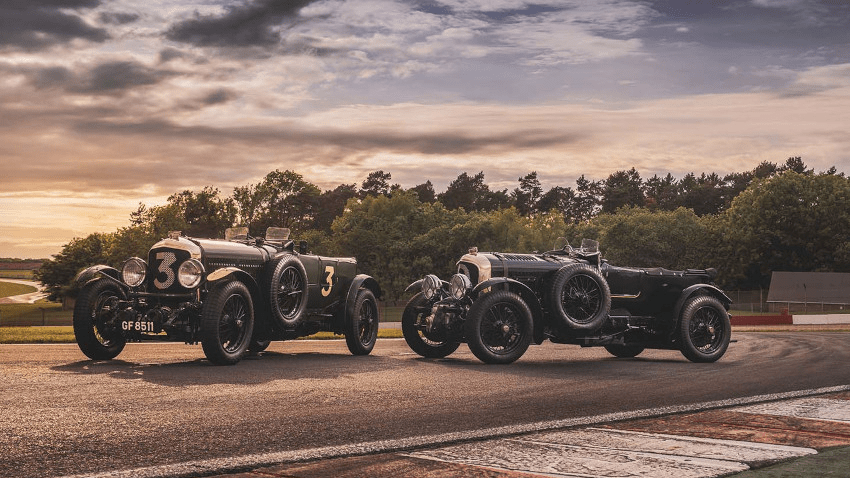
3. Cadillac V-16: The Cadillac V-16, launched in 1930, was a symbol of American luxury and engineering prowess. Its design boasted an elongated body, accentuated by sweeping curves and elegant lines. The V-16 engine, a marvel of automotive engineering at the time, enabled both smooth performance and remarkable power. The Cadillac V-16’s striking aesthetic, highlighted by its sleek fenders and iconic dual hood vents, reflected the brand’s commitment to opulence and style.
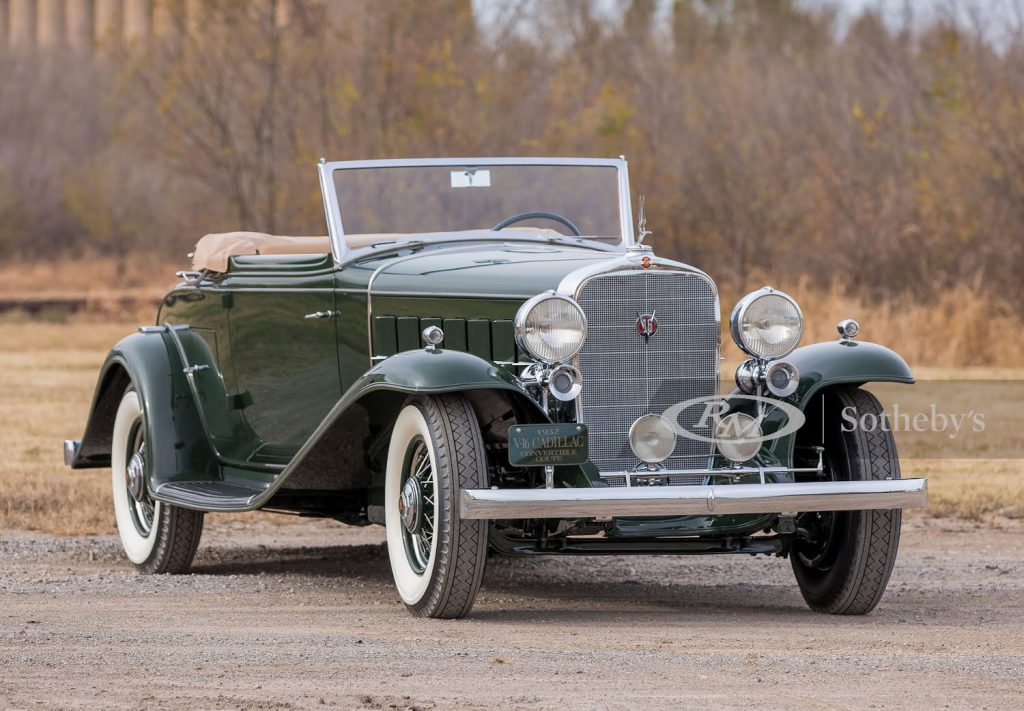
These classic luxury car models set the stage for the evolution of luxury car design. Their design characteristics, such as elongated bodies, sleek lines, and attention to detail, continue to inspire modern luxury car manufacturers. This article will delve into the transition from classic designs to the modern aesthetic, exploring the factors that have shaped luxury car design into what it is today.
Evolution of Luxury Car Design
Luxury car design has experienced a fascinating transformation, moving from classic aesthetics to the modern and cutting-edge designs you witness today. This section delves into the key aspects that have driven the evolution of luxury car design, including shifts in design philosophy, technological advancements, and the influence of consumer preferences and market trends.
The transition from classic to modern designs
Shift in design philosophy and aesthetics
In the early days of luxury cars, design philosophy focused on opulence, grandeur, and a sense of timelessness. However, as the automotive industry progressed, there was a gradual shift towards embracing more modern and contemporary design elements. Luxury car manufacturers began exploring sleek lines, dynamic proportions, and minimalist aesthetics.
Embracing sleek lines and aerodynamic features
To enhance performance and fuel efficiency, luxury car designs started incorporating aerodynamic features. Curvaceous body lines were replaced by sharper and more streamlined profiles. The aim was to not only improve the car’s efficiency but also create a sense of visual dynamism and elegance.
Technological advancements shaping luxury car designs
Integration of advanced materials and manufacturing techniques
Technological advancements have played a significant role in shaping luxury car design. The use of advanced materials such as carbon fiber, aluminum, and high-strength steel has allowed for lighter yet stronger structures. This, in turn, enables improved performance, safety, and fuel efficiency.
Moreover, innovative manufacturing techniques, such as 3D printing and robotic assembly, have revolutionized the production process. These advancements have provided designers with greater freedom to explore complex shapes, intricate details, and precision engineering.
Incorporation of innovative features and technologies
Luxury cars have embraced cutting-edge features and technologies to enhance the driving experience. From advanced driver-assistance systems and autonomous driving capabilities to state-of-the-art infotainment and connectivity, these technologies have become integral parts of luxury car design. Seamlessly integrating these features into the overall design has posed new challenges for designers, requiring them to balance functionality with aesthetics.
Influence of consumer preferences and market trends
Adapting to changing customer demands
Luxury car manufacturers closely monitor consumer preferences and adapt their designs to meet evolving demands. This includes factors such as comfort, convenience, performance, and sustainability. Designers strive to create vehicles that cater to the desires and expectations of their target market, whether it’s through luxurious interiors, intuitive controls, or environmentally friendly features.
Customization options and personalization trends
Today’s luxury car buyers value personalization and exclusivity. As a result, manufacturers offer extensive customization options, allowing customers to tailor their vehicles to their unique tastes. From selecting premium materials and finishes to customizing interior trims and color schemes, these personalization trends have become an essential part of luxury car design.
The evolution of luxury car design continues to be shaped by these dynamic factors. As you move forward in this article, It will explore specific design trends in different luxury car segments, case studies of iconic models, and the future outlook of luxury car design in an ever-changing automotive landscape.
Shifting Design Philosophies and Aesthetics
- Embracing Minimalism: Modern luxury car design has embraced minimalist aesthetics, focusing on clean lines, uncluttered interiors, and a sense of understated elegance. Rather than relying on excessive ornamentation, designers emphasize simplicity and precision. This minimalist approach creates a sense of sophistication and refinement, aligning with the contemporary tastes of luxury car buyers.
- Integration of Dynamic Proportions: Luxury car design has evolved to prioritize dynamic proportions that convey a sense of power and agility. Sleek and elongated silhouettes, combined with carefully sculpted curves and bold character lines, create an impression of motion even when the car is stationary. These dynamic proportions not only enhance the visual appeal but also contribute to improved aerodynamics and performance.
- A hybrid of Classic and Modern Elements: While modern luxury car design leans towards contemporary aesthetics, there is still an appreciation for the heritage and legacy of classic models. Many luxury car manufacturers find a delicate balance by infusing modern designs with subtle nods to their iconic predecessors. This fusion of classic and modern elements pays homage to the brand’s history while offering a fresh and forward-looking approach.
Luxury car design continues to evolve as designers push boundaries and explore new possibilities. The interplay between minimalist aesthetics, dynamic proportions, and the blend of classic and modern elements has resulted in captivating designs that captivate the imagination of car enthusiasts worldwide.
Design Trends in Luxury Car Segments
Luxury car design is not limited to a single segment but extends across various categories, each with its unique characteristics and design trends. This section will explore the design trends in three prominent luxury car segments: sedans and executive cars, SUVs and crossovers, and supercars and sports cars. Understanding these trends provides valuable insights into how luxury car manufacturers cater to the diverse needs and preferences of their discerning customers.
Sedans and Executive Cars
Emphasis on elegance and refined aesthetics
Sedans and executive cars are synonymous with elegance and sophistication. Designers in this segment prioritize sleek and refined aesthetics, characterized by clean lines, balanced proportions, and meticulous attention to detail. The goal is to create a sense of timeless beauty and understated luxury that appeals to executive clientele.
Integration of advanced driver-assistance systems
Luxury sedans and executive cars are at the forefront of technological innovation, and this extends to their design. These vehicles often feature advanced driver-assistance systems, seamlessly integrated into the overall design. From sleekly integrated sensors and cameras to aerodynamic considerations for improved efficiency, the design takes into account the functionalities and safety features provided by these cutting-edge technologies.
SUVs and Crossovers
Blending luxury with versatility and practicality
The popularity of SUVs and crossovers in the luxury car market has led to a distinct design trend that combines opulence with versatility and practicality. Designers strive to create bold and commanding exteriors while ensuring spacious and luxurious interiors. These vehicles often feature higher ride heights, muscular proportions, and a strong presence on the road, providing a sense of both capability and luxury.
Design elements for off-road capability and sportiness
Luxury SUVs and crossovers incorporate design elements that convey their off-road capability and sportiness. Robust body cladding, aggressive grille designs, and large alloy wheels contribute to the rugged yet refined aesthetic. Some models also offer features like air suspension for adjustable ride height, enhancing both on-road comfort and off-road capability.
Supercars and Sports Cars
Cutting-edge designs for performance and aerodynamics
Supercars and sports cars push the boundaries of luxury car design with their focus on performance and aerodynamics. These vehicles often feature bold, sculpted exteriors designed to maximize airflow and reduce drag. Sharp lines, aerodynamic splitters, and rear spoilers contribute to enhanced stability and high-speed performance. Attention is also given to weight reduction through the use of lightweight materials like carbon fiber.
Unique design elements that evoke speed and exclusivity
Supercars and sports cars are designed to be visually striking, evoking a sense of speed and exclusivity. They feature aggressive body lines, prominent air intakes, and distinctive styling cues that set them apart from other segments. Details such as large exhaust outlets, rear diffusers, and sleek LED lighting further enhance their visual appeal, emphasizing their high-performance capabilities.
Understanding the design trends within each luxury car segment provides valuable insights into how manufacturers cater to the specific preferences and expectations of their target audience. From elegance and versatility to high-performance aesthetics, luxury car design continues to evolve, ensuring that each segment offers a unique and captivating experience for automotive enthusiasts.
Real-World Scenarios: Case Studies of Iconic Luxury Car Designs
Luxury car design is best understood by examining real-world case studies of iconic models that have left a lasting impact on the industry. This section, will explore three noteworthy examples: the Rolls-Royce Phantom, the Porsche 911, and the Tesla Model S. These case studies highlight the evolution of luxury car design, showcasing the transformation of design philosophies, the balance between tradition and innovation, and the influence of emerging segments such as electric vehicles.
Case Study 1: Evolution of the Rolls-Royce Phantom
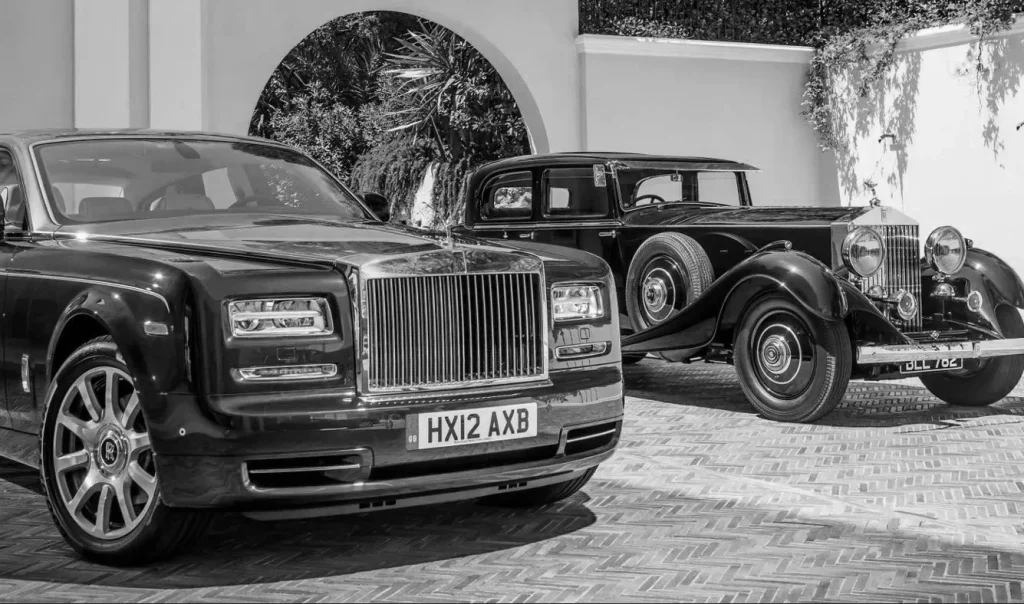
Design transformation from classic to contemporary
The Rolls-Royce Phantom, a legendary name in the world of luxury cars, has witnessed a significant design transformation over the years. From its inception in the early 20th century to the current generation, the Phantom has evolved from classic opulence to a more contemporary aesthetic. The design language has shifted towards cleaner lines, a more streamlined profile, and a harmonious blend of elegance and modernity.
Signature design elements that define the brand
Throughout its evolution, the Rolls-Royce Phantom has maintained certain signature design elements that define the brand. These include the iconic Pantheon grille, the Spirit of Ecstasy hood ornament, and the rear-hinged coach doors. These timeless elements symbolize the heritage, exclusivity, and uncompromising luxury that Rolls-Royce represents.
Case Study 2: Porsche 911 – A Design Legacy
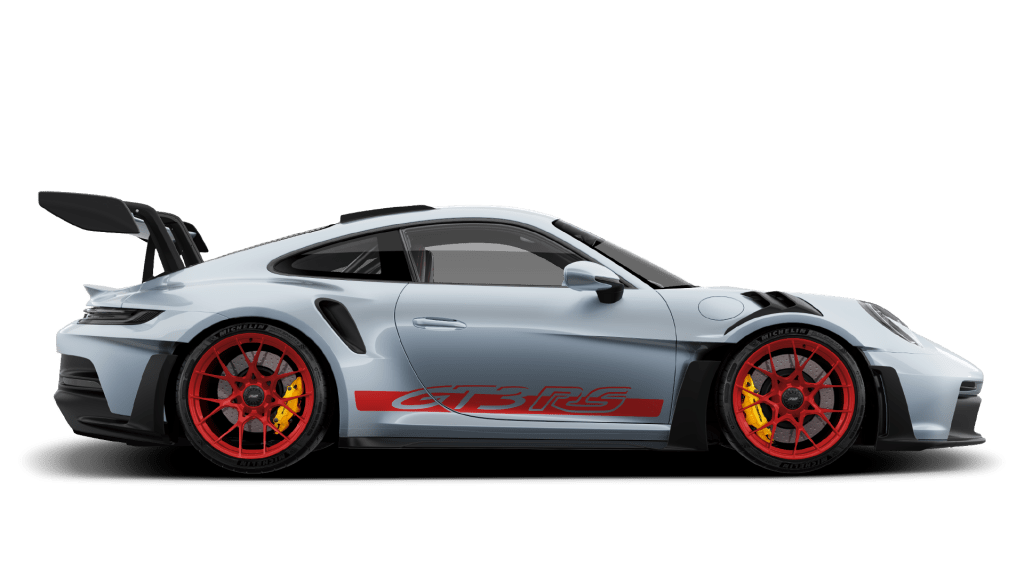
Evolution of the iconic Porsche 911 design
The Porsche 911 is an automotive icon that has undergone a remarkable design evolution while staying true to its distinctive identity. Over several generations, the 911 has evolved from its classic, air-cooled roots to the modern, water-cooled era. The design has become more aerodynamic, with sleeker lines, integrated spoilers, and wider wheel arches, enhancing both performance and visual appeal.
Balancing tradition with modern design trends
Despite its evolution, the Porsche 911 has managed to strike a balance between tradition and modern design trends. The iconic silhouette, rear-engine layout, and round headlights are elements that have endured over time. At the same time, the design incorporates contemporary features, such as LED lighting, refined aerodynamics, and seamless integration of technology in the interior, ensuring the 911 remains a design benchmark in the luxury sports car segment.
Case Study 3: Tesla Model S – Redefining Luxury Electric Car Design
The disruptive design approach in the luxury electric car segment
The Tesla Model S has disrupted the luxury car market by redefining electric car design. Its sleek and futuristic exterior challenges traditional notions of luxury car aesthetics. The absence of a conventional combustion engine allows for unique design freedom, resulting in a low-slung, coupe-like profile with clean lines and minimalistic details.
Innovative features and minimalist aesthetics
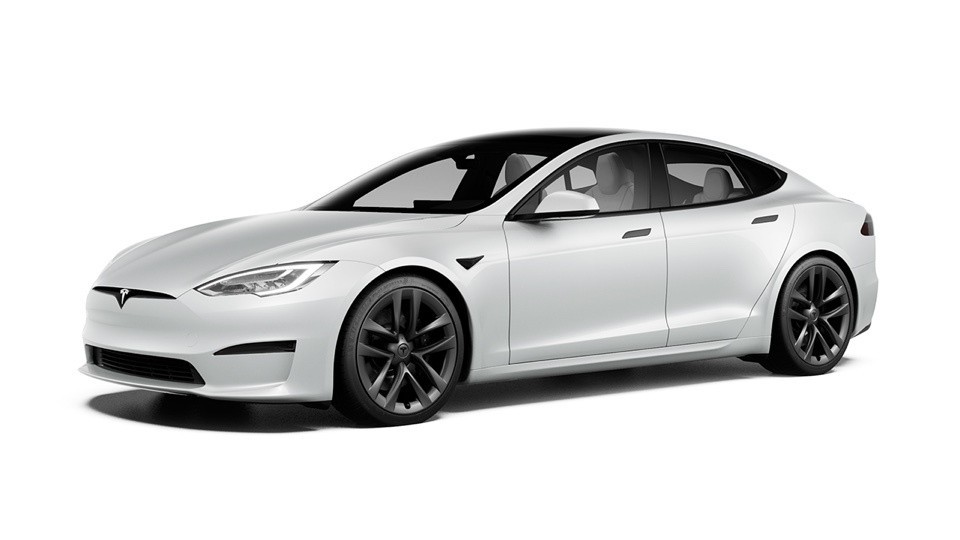
The Model S embodies Tesla’s commitment to innovation, both in terms of its electric powertrain and its design. The minimalist interior, dominated by a large touchscreen display, creates a clean and uncluttered environment. The focus on technology, sustainability, and efficiency is reflected in every aspect of the design, from the flush door handles to the
Future Outlook: Emerging Design Trends in Luxury Cars
The future of luxury car design is brimming with exciting possibilities. As technology continues to advance and consumer preferences evolve, new design trends are emerging to shape the future of luxury cars. This section will explore three key areas that are poised to redefine luxury car design in the coming years: electric and autonomous vehicles, sustainable and eco-friendly design considerations, and the integration of advanced connectivity and user interfaces.
Electric and Autonomous Vehicles Shaping Design Possibilities
- Embracing Electric Powertrains: The shift towards electric vehicles opens up new design possibilities. Without the constraints of traditional combustion engines, luxury car designers can reimagine the layout and proportions of their vehicles. This includes optimizing interior space, creating sleeker profiles, and enhancing aerodynamics for improved efficiency.
- Futuristic Autonomous Features: As autonomous driving technology advances, luxury car design will adapt to accommodate these futuristic features. Interior layouts will be reimagined to provide a comfortable and immersive experience, with seating arrangements that promote relaxation and productivity. Additionally, the exterior design may incorporate sensor integration and communication systems to enhance safety and facilitate seamless autonomous operation.
Sustainable and Eco-Friendly Design Considerations
- Use of Sustainable Materials: Luxury car manufacturers are increasingly embracing sustainable materials in their designs. From responsibly sourced leather and wood to recycled plastics and carbon-neutral manufacturing processes, there is a growing focus on reducing environmental impact without compromising on luxury and quality.
- Aerodynamics and Energy Efficiency: Designers are placing greater emphasis on aerodynamics to enhance energy efficiency and range in electric luxury cars. Streamlined exteriors, active aerodynamic features, and innovative airflow management systems are being employed to reduce drag and optimize the overall efficiency of the vehicle.
Integration of Advanced Connectivity and User Interfaces
- Seamless Connectivity: Luxury car interiors are becoming digitalized hubs, offering seamless connectivity and personalized experiences. Advanced infotainment systems, intuitive interfaces, and integration with smart devices allow occupants to stay connected, entertained, and productive while on the move.
- Augmented Reality and AI: Luxury car design is exploring the integration of augmented reality and artificial intelligence technologies. Heads-up displays, virtual assistant systems, and enhanced driver assistance features are being developed to create an intelligent and immersive driving experience that seamlessly blends the physical and digital worlds.
The future of luxury car design holds immense potential for innovation and transformation. Electric and autonomous vehicles, sustainable design considerations, and advanced connectivity are shaping the future of luxury cars, providing a glimpse into a new era of mobility that combines luxury, sustainability, and cutting-edge technology. As these emerging design trends continue to evolve, you can anticipate even more exciting and captivating luxury car experiences in the years to come.
Final Thoughts
The evolution of luxury car design has been a fascinating journey, encompassing historical influences, technological advancements, and changing consumer preferences. From classic opulence to contemporary minimalism, luxury car design has embraced sleek lines, dynamic proportions, and cutting-edge features.
Real-world case studies like the Rolls-Royce Phantom, Porsche 911, and Tesla Model S showcase the transformative nature of luxury car design, blending tradition with innovation. Design trends in different luxury car segments emphasize elegance, versatility, and high-performance aesthetics, catering to diverse needs and preferences.
Luxury car design continues to push boundaries, driven by excellence, craftsmanship, and technological advancements. With integrated technologies, sustainable materials, and customization options, luxury car design remains at the forefront of automotive innovation.
In this ever-evolving landscape, luxury car design captivates and inspires, leaving a lasting impact on the automotive industry. The evolution of luxury car design is a testament to the creativity, craftsmanship, and passion that define this captivating field of automotive excellence.

